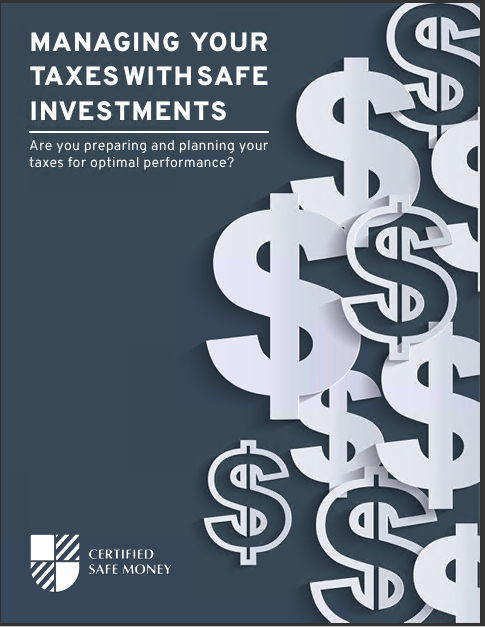The registered index-linked annuities market is still tiny, although it is expanding. This type of annuity contract is connected to the performance of a benchmark, such as the S&P 500. Structured goods and RILAs have several qualities in today’s market. As a result, both products increasingly employ proprietary indexes as reference assets. Does the structured products market have anything to teach insurance firms that issue RILAs? Bank holding corporations, commercial bank divisions, or non-US banks qualified to utilize Form S-3, or F-3 are the most common providers of licensed structured products. Several of the “boilerplate” elements, such as marketplace disruptions occurrences and a comprehensive tax chapter, can be found in the core supplement, making the tentative or ultimate presentation (or price supplement) shorter and great to implement for investors. Additionally, the procedures of S-3 and F-3 permit advance inclusion by references of important information disclosed in an issuer’s filings (the “Exchange Act”). The SEC typically registers RILA offerings on Form S-1. S-1 RILA firms can use statutory accounting principles instead of US generally accepted accounting standards (GAAP) in their accounting records by obtaining a no-action certificate from the SEC staff (as required by Form S-1). State insurance authorities need STAT financials, and RILA issuers use them often. As per the Exchange Act, anyone with a stock registration statement deemed valid by the SEC must file a report. Under the Securities and Exchange Act, these statements’ reports of the company conform with US GAAP or IFRS. Sarbanes-Oxley certifications must be completed and filed by the CEO and CFO of the issuers in trading legislation filings. The Exchange Act’s Rule 12h-7 exempts insurance provider sponsors from Section 15(d) reporting obligation to reduce the administrative cost on companies obligated to disclose their outcomes under state insurance rules. A state-regulated insurer that records an annual report of its economic situation with the private insurance commissioner or equivalent official is monitored. Moreover, the state insurance chairperson or comparable authority sporadically investigates its financial position and is exempt from Rule 12h-7. Using STAT finances and dependence on Rule 12h-7 by RILA borrowers with no-action letters protection makes it easier to access the marketplace with the least effect on their corporate practices. This strategy, however, has certain limitations. Form S-1 disclosures are subject to a thorough SEC examination, which might take many months if there are numerous SEC opinion sets. Any significant developments in the reporting of the RILA would necessitate a revision to the brochure if the selling continued for an extended duration. A post-effective revision to the Form S-1 and an investigator’s approval will be necessary if the issue continues into a new financial year and new fiscal year-end accounting records are needed. The SEC may need to re-examine and re-declare active a post-effective change, which might lead to delays in the offering process. A Form S-1 cannot be used in conjunction with any additional products. As a result, the conditions of the offering are predetermined by the S-1 prospectus and any associated alternatives. As an illustration, an S-1 registration for an S&P 500-only RILA can not be used to file an S&P 2000-only RILA offering of the same form. Lenders of registered structured notes have more options than those using the RILA. US GAAP accounting records and prompt filing of Exchange Act reports are required for issuers intending to begin an investment on Form S-1. The issuer might submit a Form S-3 to the SEC after a year of reporting, which would be examined. As soon as the RILA is deemed valid, the RILA issuer can begin providing products on its schedule and use item additions to define the specific qualities of each of its products as it sees fit. These add-ons can define alternative underliers or distinct payout architectures. A RILA issuer can use Form S-3 to execute offers similarly to a structured note maker. If they fulfill the criteria, RILA issuers that are affiliates of well-known, experienced issuers may be allowed to make an initial sale on Form S-3. The Form 10-K must be registered by the firm, which will be enshrined into the Form S-3, to take full benefit of the Form S-3. This will result in an S-3 that is just if an S-1 in terms of business information.
Contact Information:
Email: andrewtheretireguy@gmail.com
Phone: 9182105959
Bio:
Andrew Hinshaw is a Benefits and Retirement Specialist who assists those needing help with figuring out “the next step” in heading toward retirement. He has 28 years of experience in multiple fields of service to the public; the last 8 years, specifically with those retired or close to retirement.














